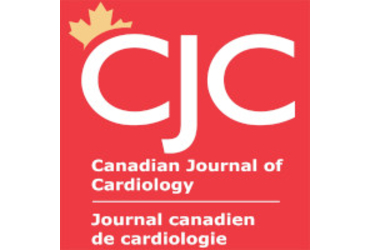Background and aim :
The extent of P2Y12 inhibition during coronary intervention is an important determinant of ischemic complications. The currently available oral P2Y12 inhibitors are limited by a relatively slow onset of action and variable on-treatment response. Our objective was to determine the pharmacodynamic (PD) dose-antiplatelet response relationship and the pharmacokinetics of MDCO-157, an intravenous formulation of clopidogrel complexed with sulphobutylether betacyclodextrin, and to identify the dose level of MDCO-157 that matches the PD effect of oral clopidogrel 300 mg.
Methods :
A randomized open-label crossover study was performed in 33 healthy adult volunteers to determine the pharmacokinetic (clopidogrel and clopidogrel H4 thiol active metabolite) and the PD (vasodilator-stimulated phosphoprotein [VASP]) effects of MDCO-157 at doses of 75, 150, and 300 mg and of oral clopidogrel 300 mg.
Results :
Data are presented as %, mean (standard deviation). The maximum effect of P2Y12 receptor inhibition assessed by flow cytometry using VASP was 70.42 (6.7), 69.45 (7.1), and 65.58 (12.6) for intravenous MDCO-157 at doses of 75, 150, and 300 mg, respectively, compared with 56.6 (17.5) with oral clopidogrel 300 mg administration (p < 0.0001). Intravenous administration of MDCO-157 led to a stepwise increase in plasma exposure of clopidogrel, higher than with administration of an oral dose of 300 mg (p < 0.0001). Plasma exposure of H4-thiol also increased with intravenous dose (3.6 ± 2.6, 6.9 ± 4.6, and 12.4 ± 9.1 h·ng/ml for intravenous 75, 150, and 300 mg, respectively) but was lower than with oral administration of a 300-mg dose (34.0 ± 16.0 h.ng/ml; pairwise p < 0.0001).
Conclusion :
MDCO-157, an intravenous formulation of clopidogrel complexed with sulphobutylether betacyclodextrin, did not show significant platelet inhibition when administered at doses up to 300 mg. Higher doses with longer infusion may be needed to reach a sufficient threshold of active metabolite generation.






